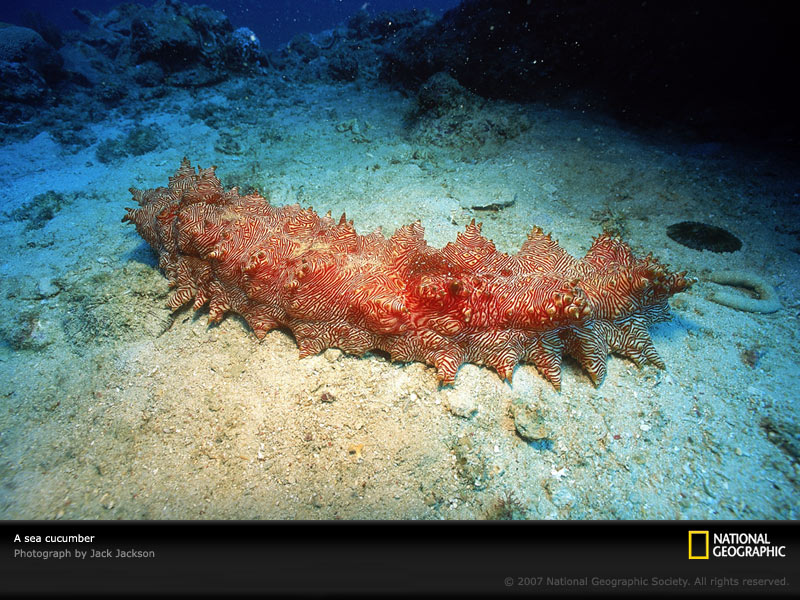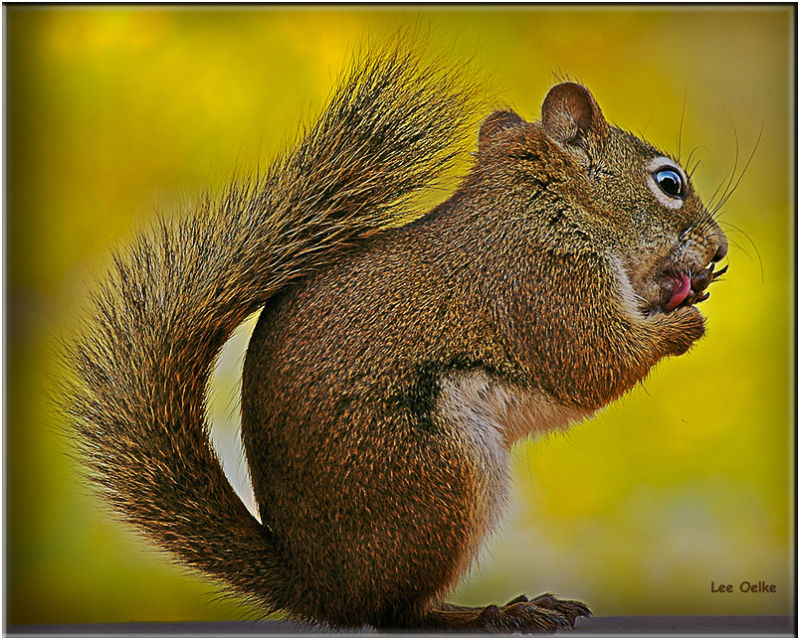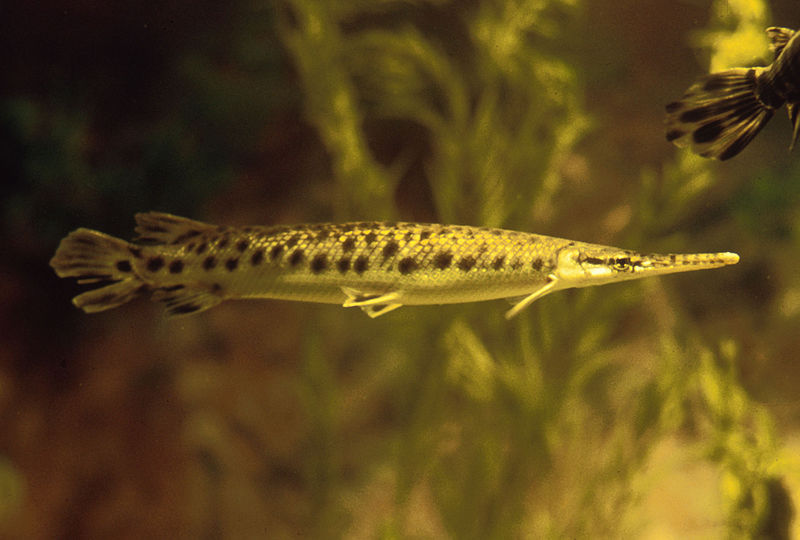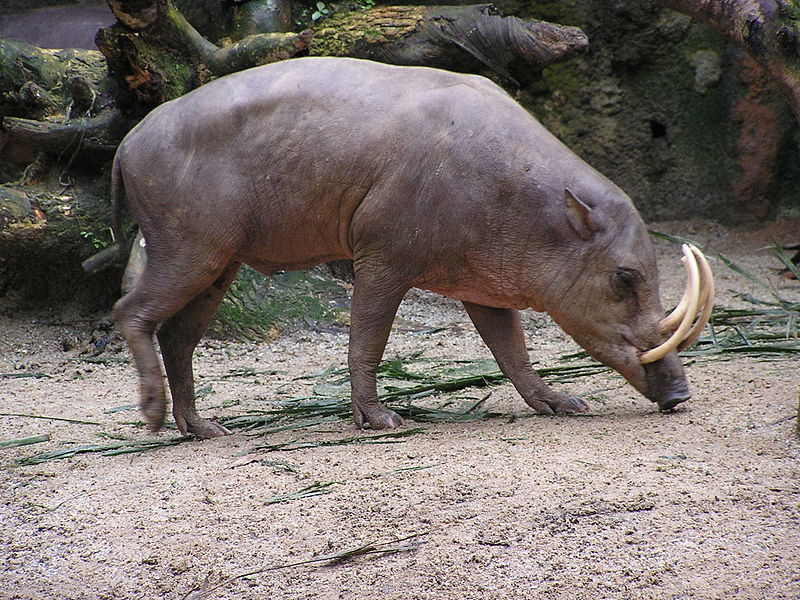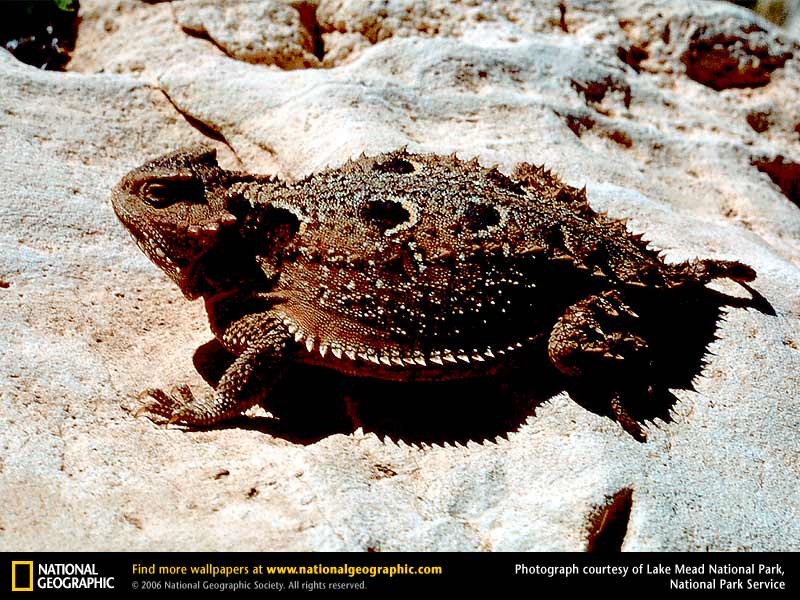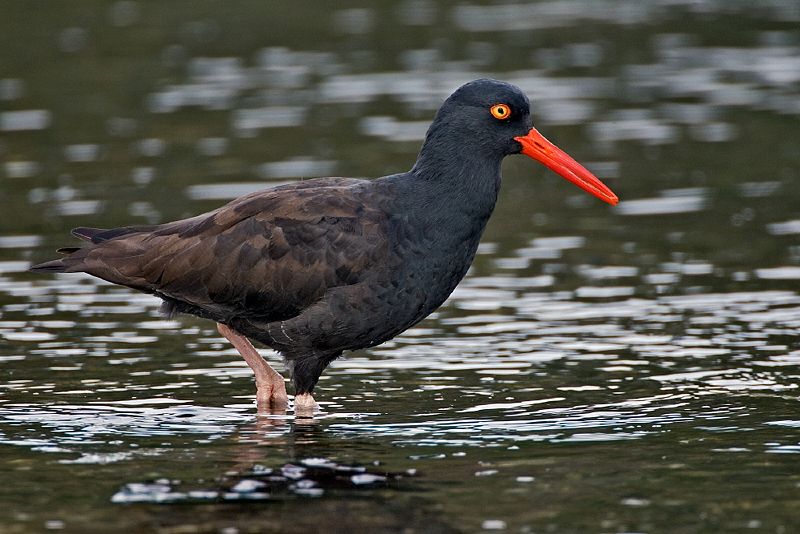
The Black Oystercatcher is a beautiful black bird that can be found hanging out on shorelines across western North America. In fact, they pretty much cover the entire coast as they have been spotted off the Aleutian Islands in Alaska all the way down to Baja California. The nice thing about the Black Oystercatcher is they are incredibly easy to pick out of a crowd as they are known to be quite boisterous and the red beak, yellow eyes and pink legs really stand out from their black feathered body. So let’s take a minute, head to the coast and learn a little more about this large, conspicuous bird.
Three’s a Crowd
When I mentioned that they are not hard to pick out of a crowd…I forgot to mention that the crowd probably consists of hundreds of Black Oystercatcher’s. At least this is the case during the winter, and in areas with a high mussel population. During the warmer summer months, you will typically find these birds hanging out in pairs (or small flocks). That’s right, the male and female form long term “marriages” and will return to the same mating grounds year after year. Personally, I am not the kind of guy that wants to take the same vacation every year, so I think I would try Alaska one year and then maybe California the next. I guess these birds realize when they have a good thing, you stick with it.

Splitting the Chores
Like any good marriage, the couple will work together to build a nice home for their children. Both the male and female will contribute small pebbles and shells to their nest, located well above the high water mark. Once the nest is finished the female will lay 2-3 eggs and in 3 to 4 weeks the proud parents will never be able to get a full night sleep again…well at least for the next year. The young will typically stay with their parents until the following breeding season. Unlike most birds the Black Oystercatcher will continue to bring food to their young even after they have learned how to forage on their own. I would hate to see their grocery bill…after all, mussels aren’t cheap!

